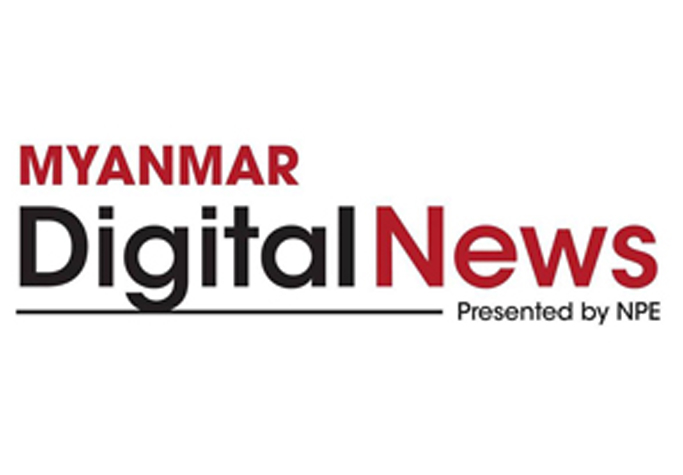INTERNATIONAL Universal Health Coverage Day, observed annually on 12 December, aims to raise awareness about the importance of strong and resilient health systems and universal health coverage (UHC). Advocates use this day to amplify the voices of millions still waiting for access to essential health services, urging leaders to make smarter, more substantial investments in health. It also encourages diverse stakeholders to commit to advancing UHC, with the ultimate goal of achieving it globally by 2030.
Universal health coverage (UHC) aims to ensure that all people globally have access to quality, affordable healthcare. In fact, the United Nations designated 12 December as International Universal Health Coverage Day (UHC Day). Since then, this day has been observed to promote access to healthcare services in countries worldwide.
The COVID-19 pandemic has again shown us that UHC and health security are intertwined goals to protect everyone, everywhere, that we achieve through the same health system – in crisis and calm. For health systems to work, they must work for everyone – no matter who they are, where they live, or how much money they have. Equitable health coverage puts women, children, adolescents, and the most vulnerable first because they face the most significant barriers to essential care.
The goal of universal health coverage (UHC) has become more attainable as the world has become richer, leading to greater access to health services and technologies, such as vaccines and antibiotics, and to the most dramatic decline in poverty ever achieved. To ensure that every person benefits from the human right to health, political leaders have to make the right choices, the rational economic, financial and social choices of universal health coverage.
Governments around the world are responsible for managing healthcare services for their populations by creating opportunities and incentives to attract private healthcare organizations, ensuring proper healthcare facilities. Universal health coverage processes can only be achieved when government-run health organizations collaborate with private healthcare businesses.
Hospitals at various levels and rural health centres must be equipped with essential medicines and medical equipment to ensure they are always ready to provide healthcare services. Moreover, human resources for health, including physicians, nurses, medical doctors, and medical technologists, must be deployed. Reducing gaps in health coverage will undoubtedly promote a healthier lifestyle for the community. Consequently, the community will surely turn out healthy and fit people in coming generations.


